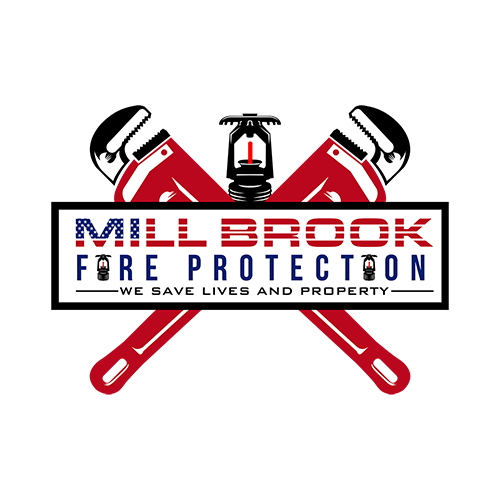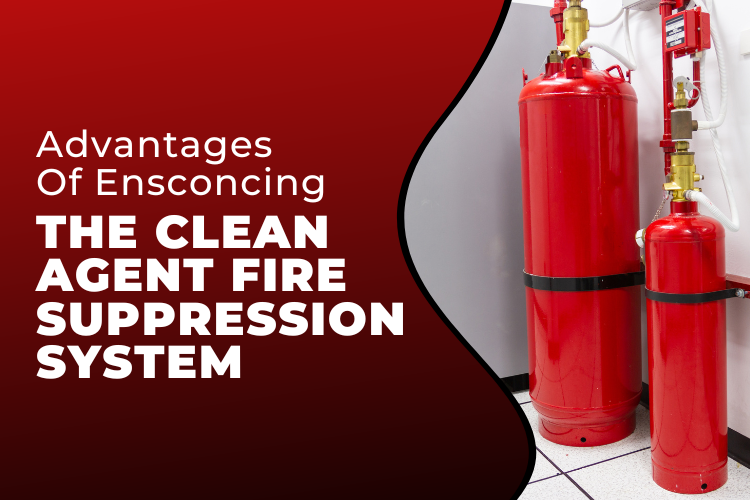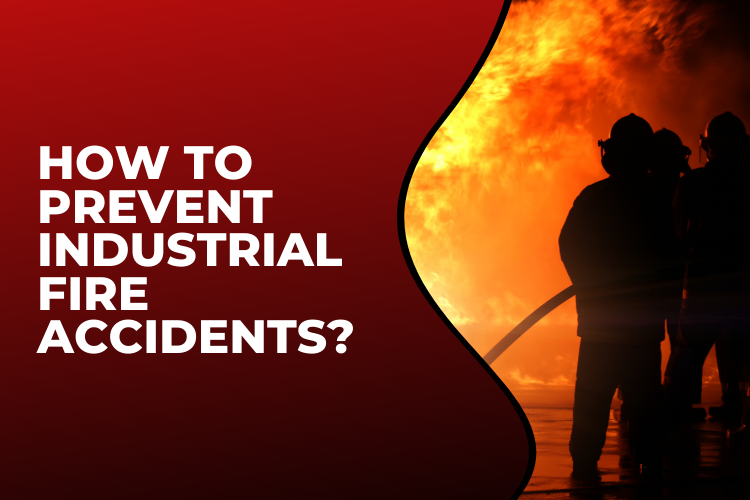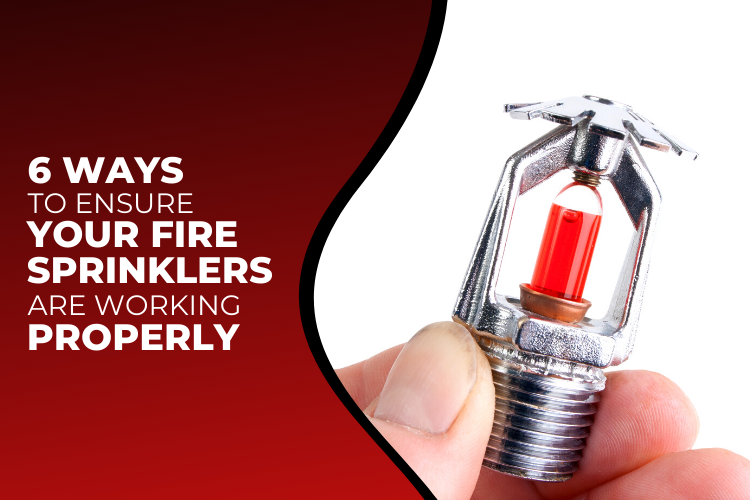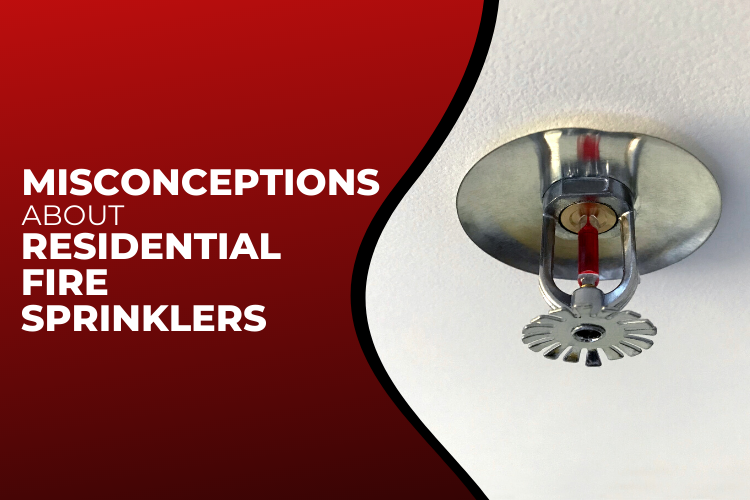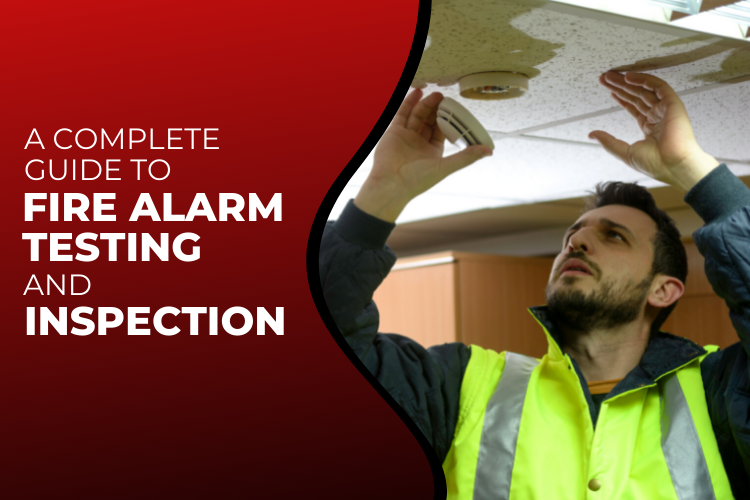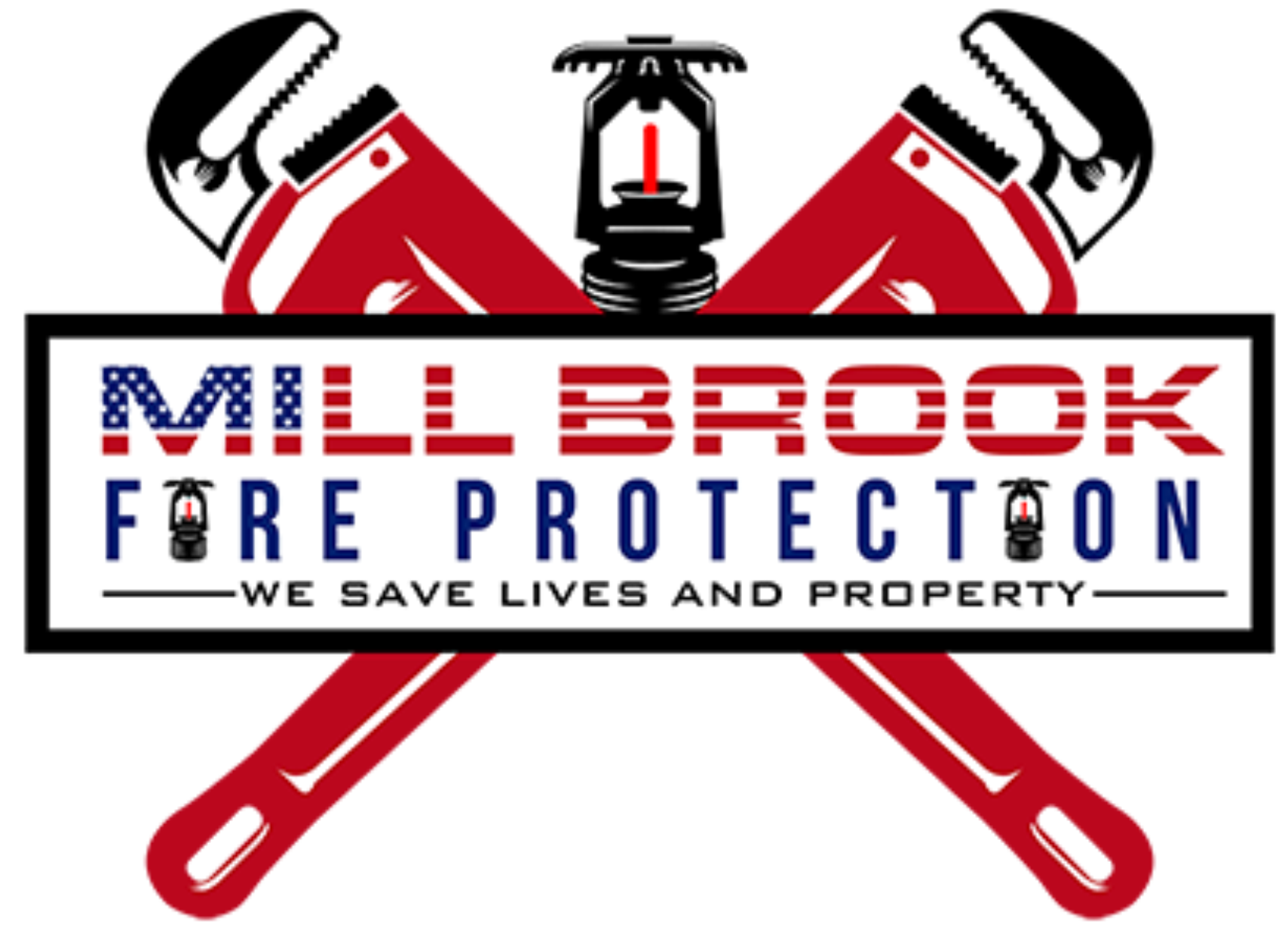
Top 5 Reasons for Fire Sprinkler System Deficiencies
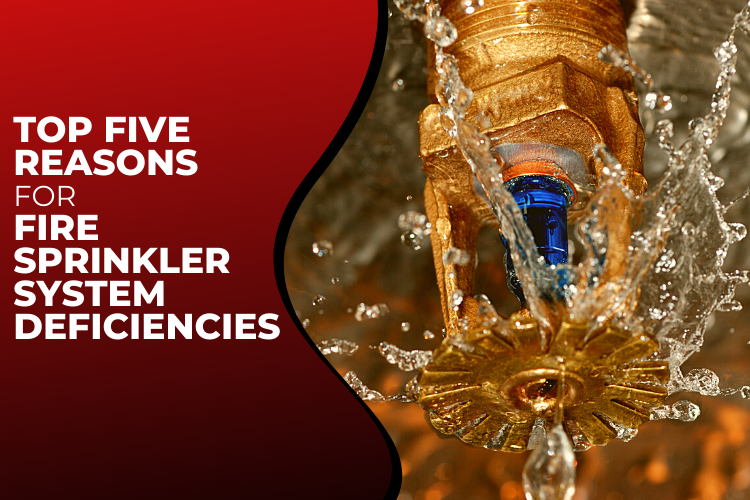
Several data and statistics have proven the efficiency and reliability of fire sprinkler systems. And it has even been observed that structures with fire sprinkler systems have effectively lowered the death rate per fire by 82% and the direct property damage (per fire) by 68%.
But, what about the 13% of sprinkler systems that did not operate and validated to be dysfunctional? Why did these systems turn out to be flawed?
Well, let’s find out the most common reasons for fire sprinkler system deficiencies:
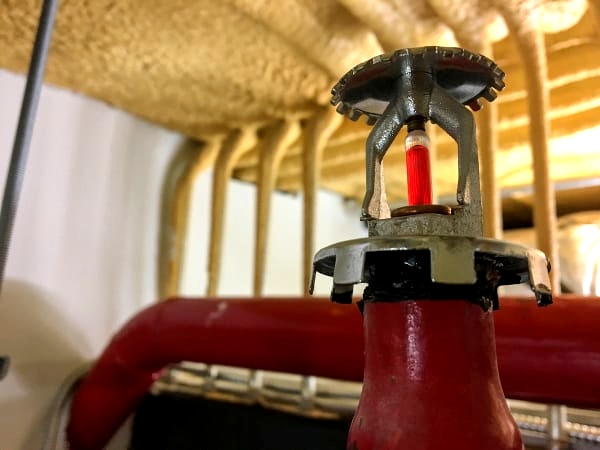 (I) Painted or Congested Sprinkler Heads:
(I) Painted or Congested Sprinkler Heads:
Unfortunately, no one but the manufacturer or his staff or contractors might accidentally paint a fire sprinkler head. And even a little paint can cause a sprinkler head to be inoperative, which can subsequently cause a delayed activation, inadequate water distribution, or more of such faulty operations.
An expert can, however, identify this problem during an annual visual inspection.
Though, not solely paint overspray, but the buildup of dust can fabricate a malfunctioning sprinkler head. This problem can, anyhow, be fixed by manual deterging, but over time, if the buildup worsens, one must ensure to replace the entire head.
(II) The Heat-Sensing Liquid Turns Colorless:
If the translucent, heat-responsive liquid in the glass element of the sprinkler head seems to be missing or low, the fire sprinkler system can prove to be defective. This fluid is quite often red in color, but it could be orange, yellow, green, blue, or purple, depending on the temperature rating of the sprinkler. Without this liquid, the glass, when exposed to high temperatures, will not break, which means the sprinkler will not deploy during a fire.
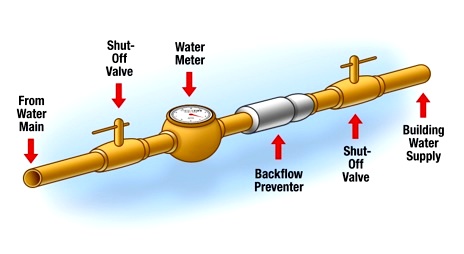 (III) Backflow Failure:
(III) Backflow Failure:
Backflow is the process when a change in pressure causes water to flow backward of its intended path.
Thus, backflow preventers keep contaminated water in a sprinkler system from going back to the municipal water tank. And when these prevention devices fail to conduct this process, it results in the formation of rust, debris, and even parasites in the drinking water.
Hence, this flaw is determined to be a feature of a failed fire sprinkler system. It is, therefore, necessary that fire sprinkler systems, their relief valves, buffers, air inlet, and shut off valves are checked annually to ensure that the quality of drinking water is safe.
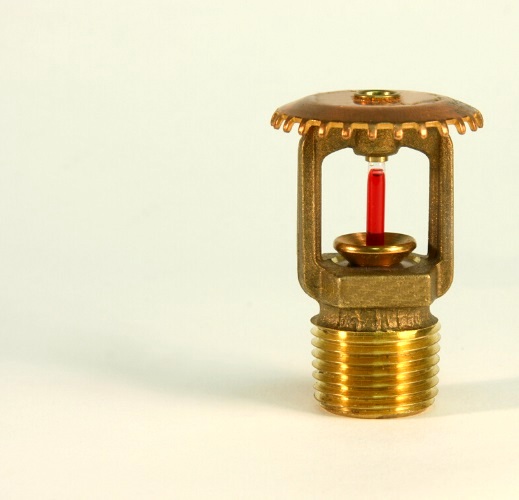 (IV) Renovations and Occupancy Changes:
(IV) Renovations and Occupancy Changes:
Reconstructions impact the efficiency of fire sprinkler systems.
How?
Re-building a large space and fabricating it into numerous rooms can change the structure of a space and its functionality. Thus, if a new wall is built seven inches from a sprinkler head, then an expert must check whether there is an appropriate sprinkler coverage or not. By the same token, if a storage room is now being considered to stock flammable chemicals, then the hazard classification and sprinkler placement require a revaluation as well.
Thus, these factors can, too, compel an effective fire sprinkler system to be defective.
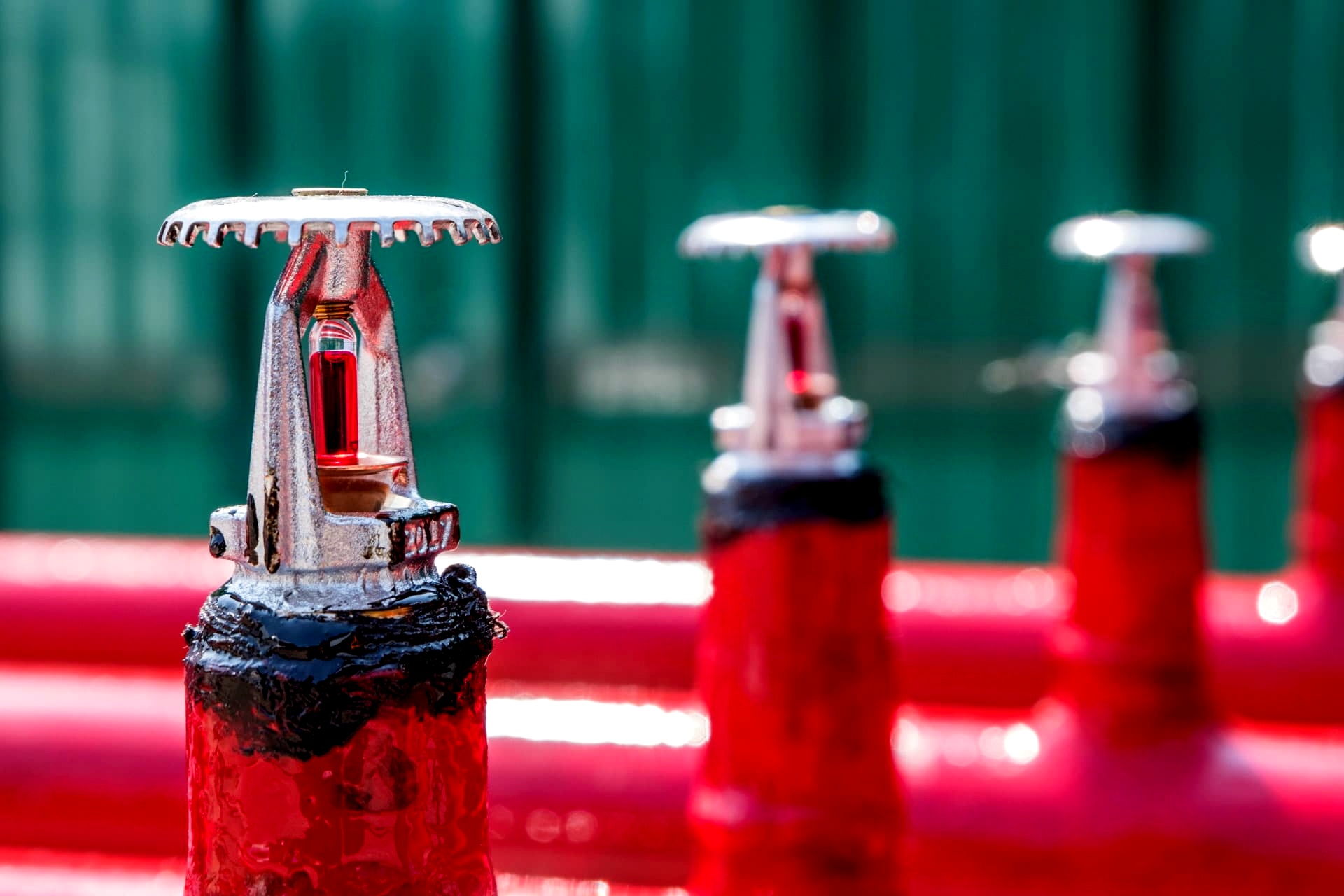 (V) Lack of Inspection:
(V) Lack of Inspection:
NFPA 25 has specific requirements for fire sprinkler system inspections. The selfsame practices necessitate calls for monthly, quarterly, and annual inspections to ensure that the sprinkler system is running smoothly.
You can read our article on the same https://millbrookfireprotection.com/events/how-often-should-your-fire-sprinkler-systems-be-inspected-and-tested/ for more information.
Now, testing of the standard response of fire sprinkler systems solely occurs after they have been in service for 50 years. This test entails the procurement of a few fire sprinkler heads from several areas and sending them to a lab. At the lab, sprinkler heads are subjected to a plunge test. This scanning shows how long it takes to activate a sprinkler head when exposed to a high temperature. And, therefore, all sprinklers in a sample area require replacement if they fail to activate in a particular time frame.
Also, the same fire sprinkler heads that pass the test require retesting every 10 years. The frequency of conducting the same becomes 5 years when they mark 75 years of operation.
Conclusion:
Whether it be a manufacturing defect or a fault on the owner’s behalf, an inoperable fire sprinkler system is, ultimately, of no use.
Thus, ensure to get all these factors checked today and schedule an inspection on your fire sprinkler system as well.
Feel free to give us a call at (631) 254-1315 or complete our Contact Us Form.
